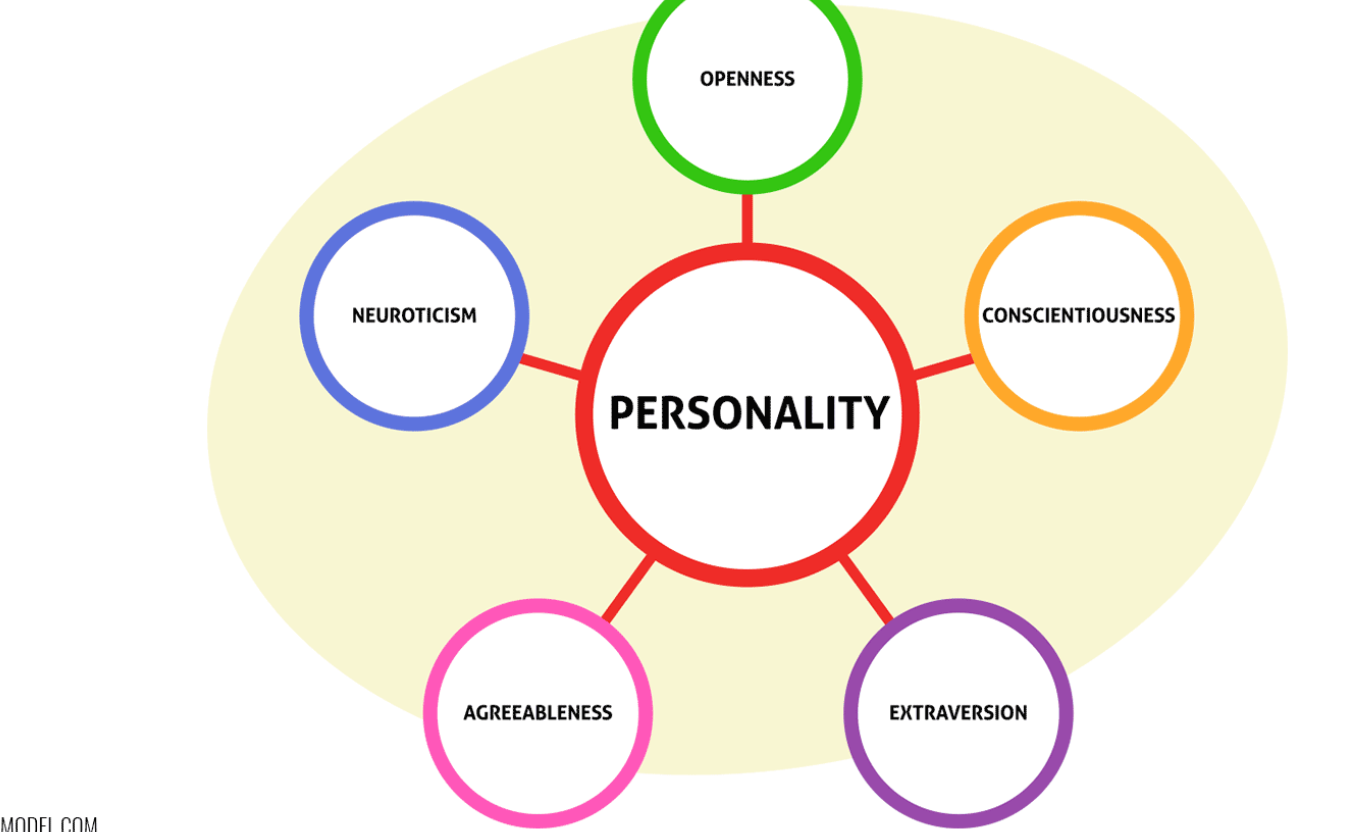[ad_1]
A lot of EVs aren’t that fun to drive, built as they are to glide around a highway like a swan on a river. Sure, like the swan’s manic paddling, there’s a lot of hardware and software sweating in the background to maintain that serenity. But the feeling can be so soporific that you wind up lusting for the day full autonomy comes and puts us out of our misery.
Except, of course, if you’re driving a new Lotus.
You see, when you’re driving an electric Lotus, there’s a sense of cognitive whiplash you don’t often get these days. EVs are quick and have plenty of torque thanks to their electric motors but they rarely have anything close to a personality. But even when you’re driving its new two-plus ton SUV, you’re capable of zooming around a race track as if you were driving a go-kart. It’s this unity of electric smarts and old-school drivability that Lotus hopes will return the perpetually beleaguered manufacturer to its former glory.
Lotus
If you’re not a car person, I wouldn’t blame you for not knowing Lotus was a big name in manufacturing and F1 – emphasis on was – responsible for many innovations that shaped how we build, drive and race cars today. “We talk about [having] this pioneering and rebellious spirit,” says Mike Johnstone, Lotus’ new VP of Commercial Operations. For the last 75 years, Lotus has been a left-field car manufacturer, with customers who want something that is “not necessarily part of the status quo.”
Lotus is a company defined by, and proud of, its idiosyncrasies. It’s idiosyncratically based in rural Norfolk, a hundred miles or more from the rest of the UK’s automotive industry. It’s idiosyncratic co-founder Colin Chapman (pictured, above), whose famous mantra was “simplify, then add lightness.” It’s idiosyncratic technical innovations, like monocoque bodies, ground-effect aerodynamics and the early use of carbon fiber. Its cars’ idiosyncratic obsession with perfect handling and speed rather than creature comforts.
It would be impolite to mention the idiosyncratic between Chapman and John DeLorean that would lead to the .
It was this idiosyncratic reputation that made it a draw for pop culture figures who wanted to stand out from the crowd. Patrick McGoohan chose a to be The Prisoner’s car in 1996 because it showed a “touch of the rebel.” The Avengers’ Mrs. Peel drove a , while James Bond drove a underwater in The Spy Who Loved Me and a Turbo Esprit in For Your Eyes Only. And Richard Gere drove a Lotus Esprit in because Porsche and Ferrari, who were asked first, objected to the film’s subject matter. I doubt Lotus has ever uttered the phrase “brand safety” with a sincere face.
Since Chapman’s death in the early ‘80s, Lotus has become a byword for stagnation, passed from one corporate parent to another. Its model line suffered: It sold the Elise from 1996 until 2021, while the Exige was in production from 2000 to 2021. Its newest car pre-Geely was the Evora, and its 12-year lifespan made it the youngest and freshest ride in the range. All three were discontinued in 2021 when the Emira made its debut as the company’s last gas-powered car.
Lotus remained alive because of its small but passionate fanbase, which happened to include a number of automotive executives. But while demand for its own cars waned, the rest of the industry continued to rely on its expertise in making cars drive well. Lotus’ fingerprints are visible in so many high-profile cars, from the DeLorean DMC12, Aston Martin DB9 and even Sinclair’s C5. More importantly, the first Tesla roadster was developed on Lotus’ platform, with the first run of cars built at its Hethel, England base.
In 2017, Geely — the Chinese EV giant that owns Volvo and Polestar — bought a 51 percent stake in the company. It’s spent the last few years and a considerable amount of cash to push the company into the 21st century. The existing gas-powered product line was cleared out, the HQ revamped and a new electric-only facility built in China. I was able to visit the company’s Hethel plant to see the fruits of this investment, and also to try all of the new vehicles. The headline-grabbing model, of course, is the Evija, the company’s $3 million all-electric hypercar.
The Evija
Emeya, Eletre, Emira, Evija, Evora, Exige, Elise, Elan, Esprit: It’s tradition, or something, that all Lotuses have incomprehensible faux-Latin names beginning with an E. The Evija will, hopefully, lodge itself in your memory as the company’s hypercar, of which only 130 will be built. One of the first is owned by former Formula One world champion Jenson Button with a .
Lotus opted to put a lot of hardware in the middle of the car behind the two seats to retain that mid-engined weight distribution. The body is a single piece of carbon fiber, and it’s obvious to all that this is a race car first, with Lamborghini-esque styling. To save weight, there’s little sound dampening, so you can hear the roar of the gear, and the road, as you slice through the air. Put your foot down and you’ll hear the power unit spin up to push juice to those four wheel-mounted 500W motors.
What comes out the other side is eye-bleeding acceleration and enough g-force that you feel your lunch shift from one side of your stomach to the other. Yes, other EVs can go quickly, and some accelerate ludicrously fast, but the Evija is playing in different water. For car people, Lotus has always been synonymous with fast-twitch driving dynamics and slightly lackluster reliability. But the Evija feels mature, solid, stable and able to harness all of the pure grunt that only an electric motor can provide.
I’d go further and say that the Evija is terrifying, especially when Karl Eaton, one of the minds behind the vehicle, took me around the track in one. He waited until the car reached 201 miles per hour to start explaining all of the smart choices embodied in its design. I didn’t recall much of what he said at the time since I was trying to keep all the fluids in my body.
The Eletre and Emeya
Of course, the Evija is the standard bearer for Lotus as a luxury EV maker that stands out from the crowd. It’s not likely you’ll have a few million lying around, but its existence will make you aware of the relatively more reasonably-priced options in its lineup. The Eletre is the first real Lotus EV, priced around $100,000 and again, something of a departure from the norm. Whereas Lotus prides itself on making zippy, mid-engined sports cars, this is a two-and-change ton SUV that just happens to be as capable on a race track as its E-named predecessors.
On my first few laps around the track, I drove the Eletre like a high-sided SUV, which is to say, gently. After all, I didn’t want to flip this thing over when I’d need to save three years worth of paychecks just for a chance to look at the sales brochure. My co-pilot kept urging me to go harder, and eventually I did, realizing that Lotus has done something amazing. It’s a car that you can fling around a track and feel like you’re Lewis Hamilton, and then drive it home without missing a beat.
The Eletre is already on sale, but we won’t need to wait a decade to see what follow-up Lotus has planned. Next on the docket is the Emeya, a luxury hyper-grand tourer based on the same platform as the Eletre. You can see the shared design language and the emphasis on active aerodynamics in the body to help the cars zoom around the corners. There are gaps and vents all around the body to help push air past the cabin and keep all four wheels planted on the road.
As for the interiors, Lotus is a company that has traditionally avoided fripperies like comfort and ease of use. These, after all, aren’t conducive to Chapman’s mantra of simplifying and adding lightness. But the Eletre and Emeya have gloriously un-Chapmanesque cabins full of luxurious materials and physical dials and switches more reminiscent of a high-end camera. When you look at the price and see that the luxurious excesses of this cost the same as a Tesla Model X, you feel as though the incumbents need to get a lot better quickly.
The Spirit of Lotus
You could argue that Lotus is just a badge under which Geely can slap components it’s using elsewhere. But Mike Johnstone said the parent company has no interest in diluting what makes Lotus Lotus. “More than 99 percent of all of our development is done ourselves,” said Johnstone, “where we benefit [from being owned by Geely] is access to a supply chain.”
Much has been made about what Lotus’ role in the automotive firmament should be in the new world of electric vehicles. Colin Chapman’s famous principles were to simplify and add lightness so aren’t bulky EVs, shorn of their gas-powered engines, an insult to his memory? Thankfully, I only needed to cross the road that runs alongside Lotus’ Hethel HQ to ask an expert: Chapman’s son, Clive (pictured, left). Clive is the head of Classic Team Lotus, a heritage brand that keeps the company’s former gas-powered F1 cars working. Despite the shared name and proximity, there’s no financial relationship between Lotus and the Classic Team.
Clive showed me around the facility, which maintains those classic F1 cars and races them at heritage events, like the at Monaco. If you’re a one-percenter with an old Lotus, you can also send it here to be restored by specialists. On the upper floor, there’s a collection of classic Lotuses of every stripe. It’s a rare and beautiful sight to see. I asked Clive how his father would feel about the shift to electric. “Dad was never sentimental,” said the younger Chapman, and directed me to a pristine Lotus 56 in the collection. He explained that his father was never wedded to one technology or philosophy, despite what some Lotus fans may claim. The Lotus 56, after all, was equipped with a gas turbine engine more commonly seen in aircraft than vehicles, but Colin Chapman was very interested in the speed advantage it could have offered.
It seems that what mattered to Colin Chapman then is the same as what matters to Lotus now: Pushing automotive design forward, no matter how unusual the method. Before I tried any of Lotus’ EVs on its test track, I tried the (gas-powered) Emira and used that as my benchmark. My expectation was that the subsequent cars would all pale somehow in comparison to the last “true” Lotus to be made at Hethel. And yet, the new cars, despite their batteries and electric motors, are just as lithe and energetic as ever. This, I suspect, is why Lotus has a good chance of making a mark in the new world, because it remains enough of that uncompromising spirit to stand out from the crowd and make sure that, for those who need it, you can still feel connected to your car.
[ad_2]
Source Article Link



